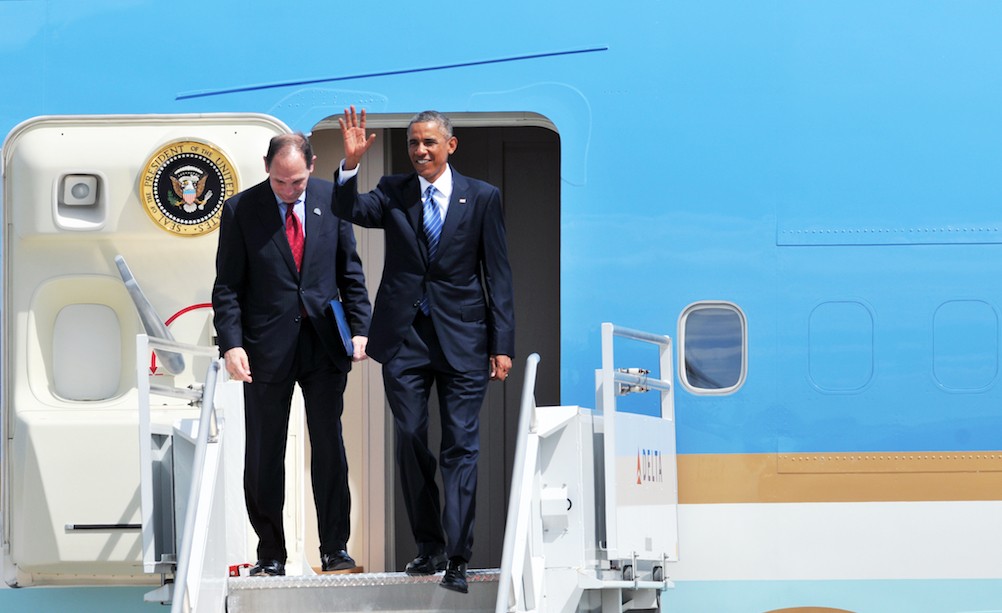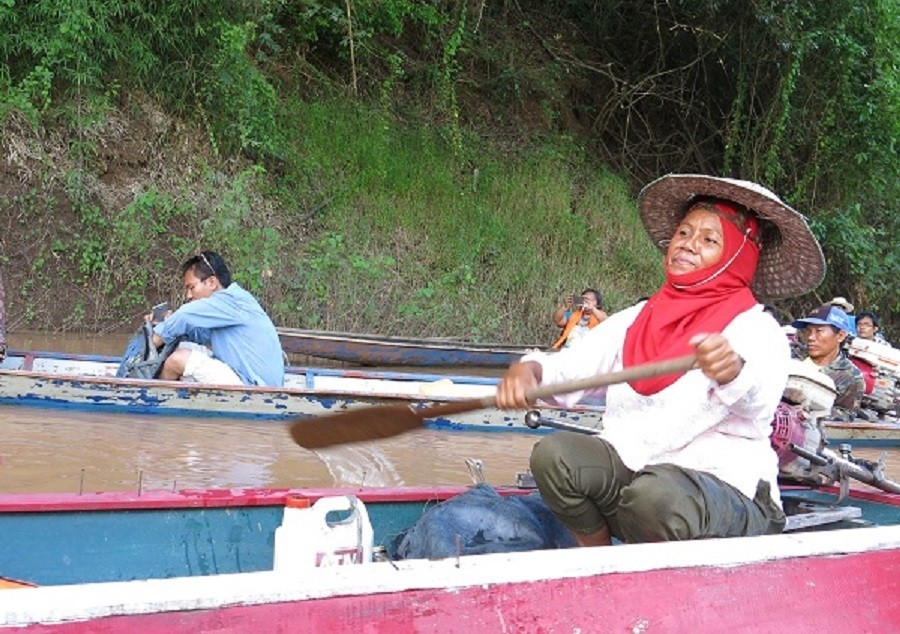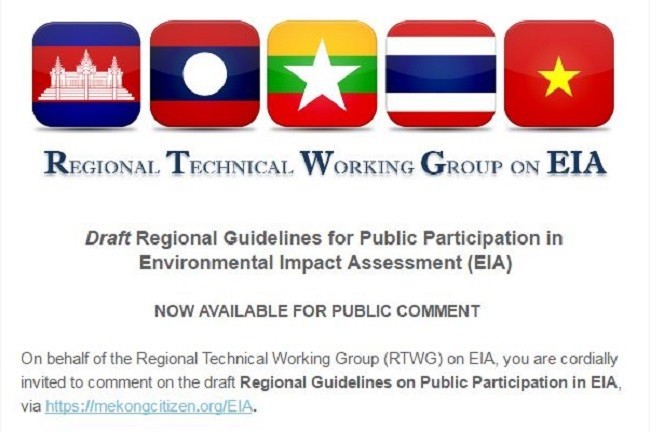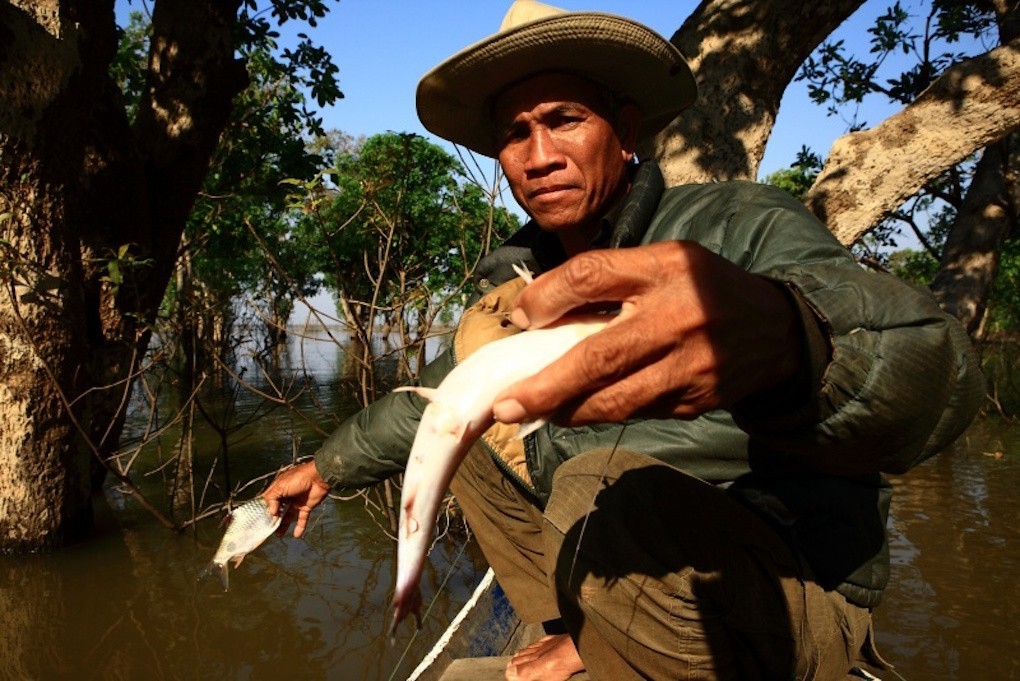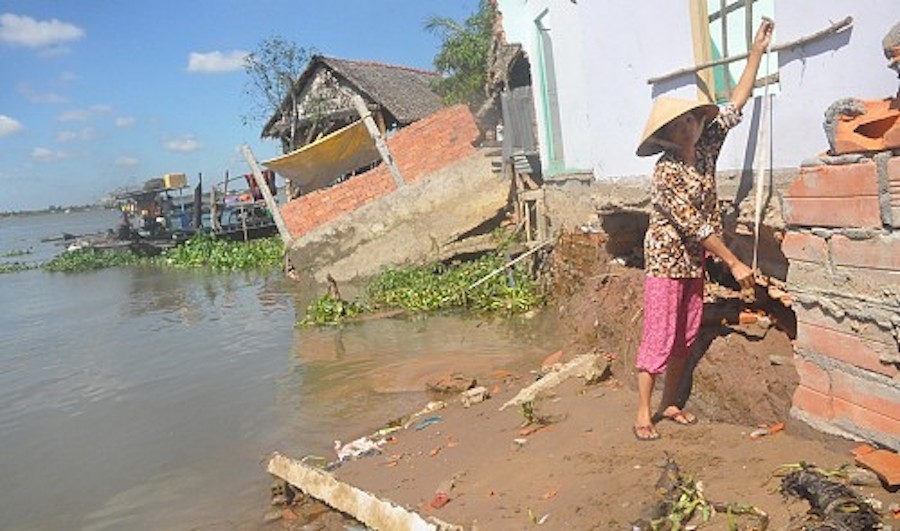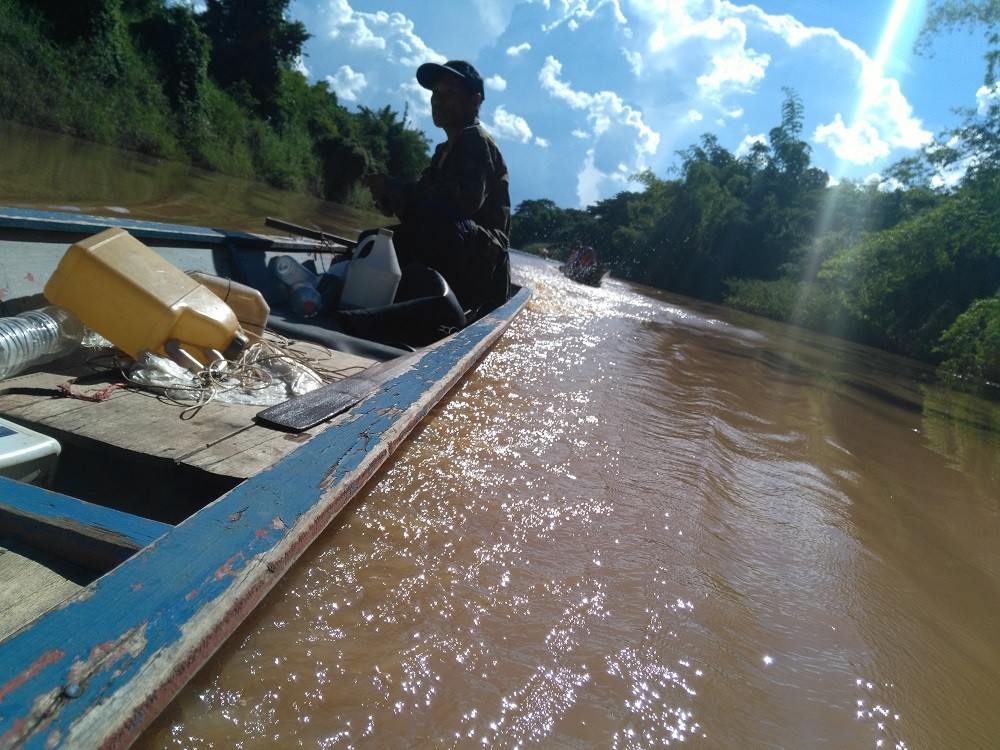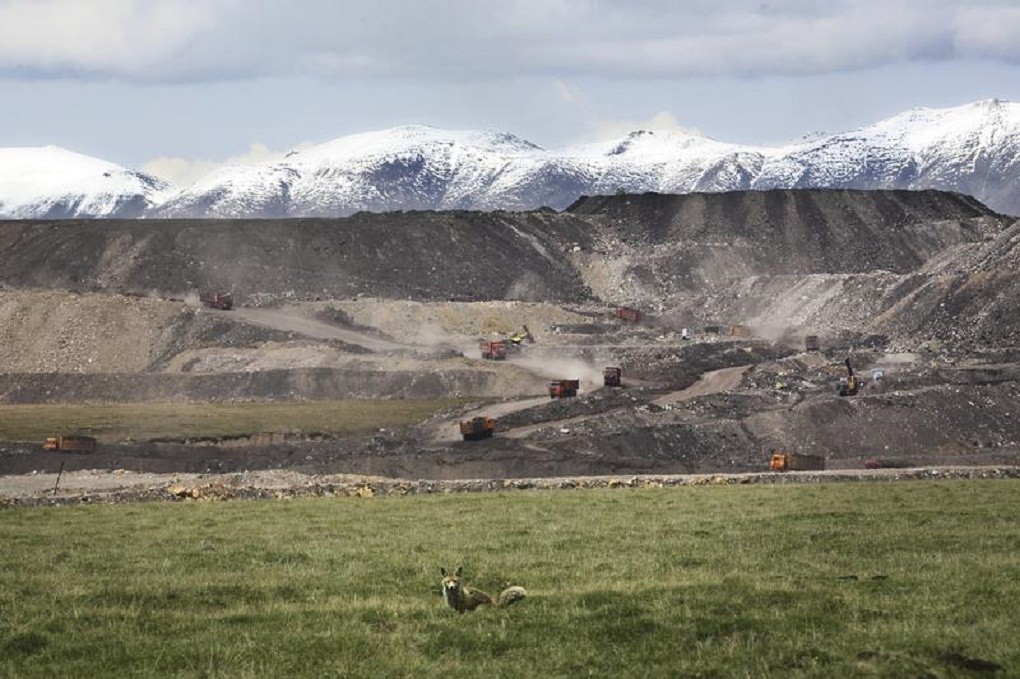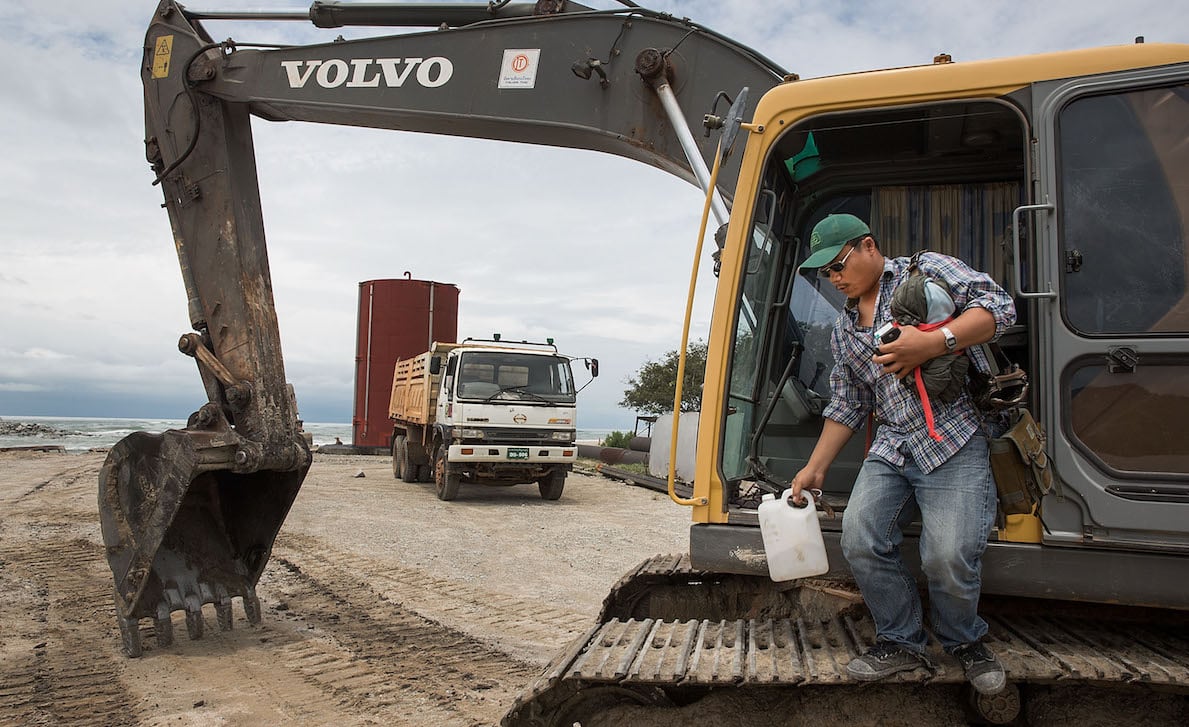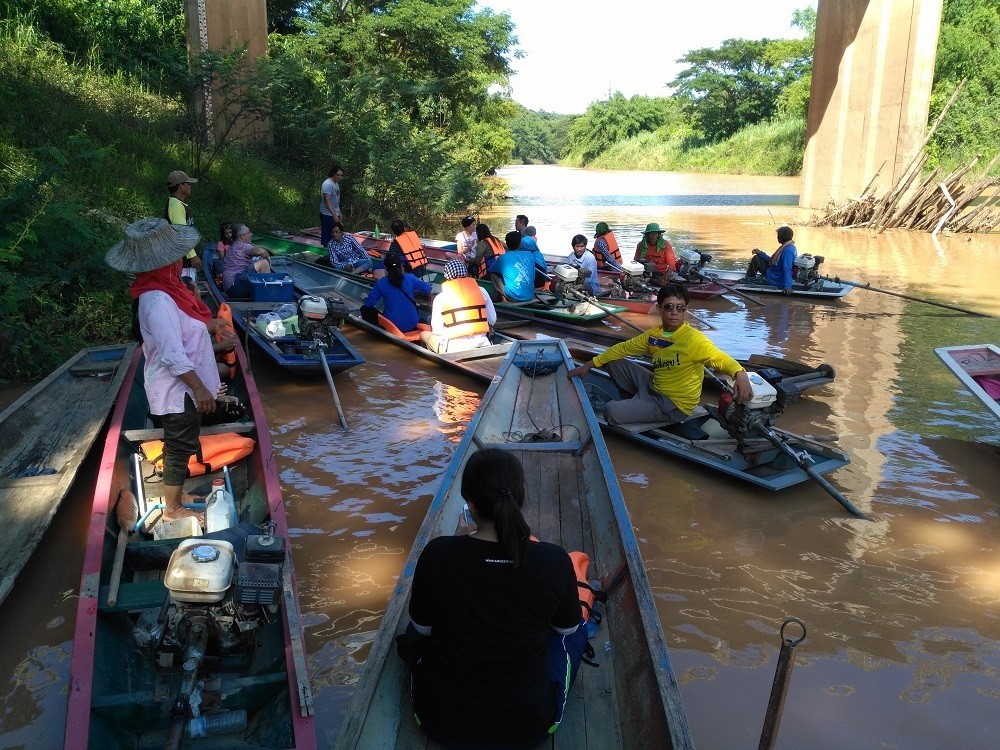Thailand may be a middle income country, but enter one of the capital’s many new, opulent shopping complexes and you’ll think you’ve been transported to New York or Singapore. EmQuartier, Bangkok’s latest retail destination for the well-healed houses such brands as Louis Vuitton, Chanel, Prada, Dior, Tiffany and Cartier as do half a dozen of its predecessors along a six kilometers retail corridor in the city’s downtown.
Category: Mekong
Recharging Asia’s Battery
Next week, Barack Obama will be the first sitting U.S. president to visit Laos, a poor, landlocked country whose large-scale efforts to dam the Mekong River threaten to destabilize the region. This concerns the United States because Southeast Asia is one of the country’s largest trading partners and a key security ally that can counterbalance China’s growing regional influence. Obama should seize this opportunity to help Laos make energy choices that, over the long term, can unify the region and preserve the Mekong.
Endangered lives of local people and their protest against a Thai water project
Ban Klang village in Chiang Khan District, Loei province, Thailand is located next to the Mekong River near the border between Laos and Thailand. Living there are more than 300 households, in a village that will disappear if Thailand builds the planned Khong-Loei-Chi-Mun water diversion project. Local people are concerned about the risks the project will cause for their lives such as: homes flooded, fish populations and crops declining, and village resettlement.
Draft Regional Guidelines for Public Participation in EIA Released for Public Comment
USAID-funded Mekong Partnership for the Environment (MPE) has invited public comment on the draft Regional Guidelines on Public Participation in Environmental Impact Assessment (EIA), via mekongcitizen.org/EIA. These regional EIA guidelines have been developed by the Regional Technical Working Group (RTWG) on EIA in response to the shared concern for how to increase meaningful public participation in development planning, particularly in the context of rising levels of investment for development projects across the Mekong region.
Research: Impacts of Dams and Global Warming on Fish Biodiversity in the Indo-Burma Hotspot
Both hydropower dams and global warming pose threats to freshwater fish diversity. While the extent of global warming may be reduced by a shift towards energy generation by large dams in order to reduce fossil-fuel use, such dams profoundly modify riverine habitats. Furthermore, the threats posed by dams and global warming will interact: for example, dams constrain range adjustments by fishes that might compensate for warming temperatures. Evaluation of their combined or synergistic effects is thus essential for adequate assessment of the consequences of planned water-resource developments.
Major rivers of Vietnam’s Mekong Delta become unusually deeper
Vietnamese scientists have warned of the unusual increase in the depth of two major rivers in the Mekong Delta, with sand mining and hydropower dams said to be the cause.
According to experts, instead of being accreted, the 250-kilometer long Tien (Front) River and 200-kilometer Hau (Back) River have become five to seven meters deeper since 2008.
The Mekong separates in Phnom Penh into the Tien River, the main northern branch, and the Hau River, the primary southern distributor, after entering Vietnam.
“Kong – Loei – Chi – Mun” Mega Project and Experts Concerns
Currently, the Mekong Delta provinces are facing saline water intrusion as a result of low water levels in the Mekong River. Cambodia and Lao PDR are also plan for similar water diversion projects. If the Kong-Loei-Chi-Mun and similar projects will be implemented in Cambodia and Lao PDR, the volume of flood water to Vietnam’s Mekong River Delta area will be significantly reduced. Furthermore, climate change and El Nino phenomenon will make the issue even more challenging.
China’s Three Parallel Rivers national park threatened by illegal mining
China’s best preserved forests in south-west China’s Yunnan province are under threat from illegal mining, according to a new report.
The study by Greenpeace shows mining and industry activity in the Three Parallel Rivers of Yunnan protected area is destroying pristine forests in one of the world’s most biodiverse regions. The researchers combined remote sensing data and field visits to show mining is leading to deforestation, water pollution and habitat loss in the mountains of north-west Yunnan on the eastern foothills of the Himalayas.
Into the Zone: SEZs in the Mekong Region, Income…or Instability? (Part 2)
While neighboring Thailand’s Special Economic Zones are now progressing without much public consultation or review, Myanmar may be moving in the opposite direction. Its three SEZs which were launched in the waning years of the junta, are now under the direction of the civilian government fully aware of concerns raised by communities and independent researchers, and inclined to take stock of what their predecessors set in motion. At issue are a whole range of social and environmental grievances, as well as the viability of the projects themselves and to what extent they reflect the new leadership’s priorities.
Regional Journalist Network Examines Dams, Diversion, Drought and Difficult Decisions
At the junction of the Loei and Mekong Rivers in Thailand, Journalists from around the Mekong region examined an example of the current mix of stresses on the environment and communities across the region. The workshop “Mekong Matters: Water Governance on the Mekong River” brought 15 journalists from Cambodia, Myanmar, Thailand and Vietnam together to examine how various water development projects are causing potentially irreversible changes to fisheries, farming, culture and water supply.



